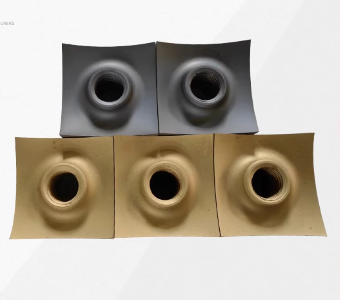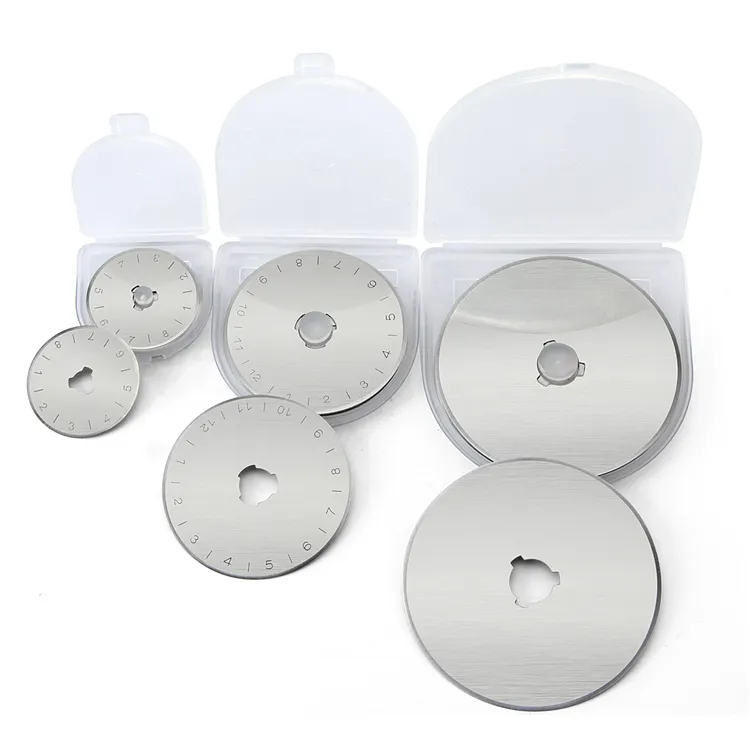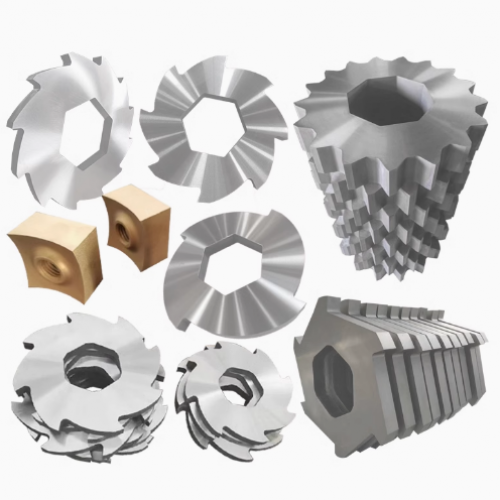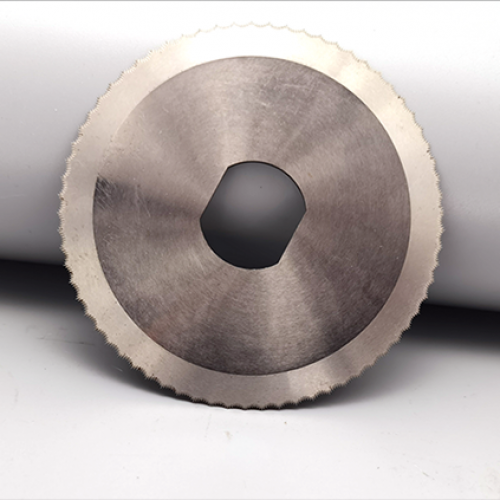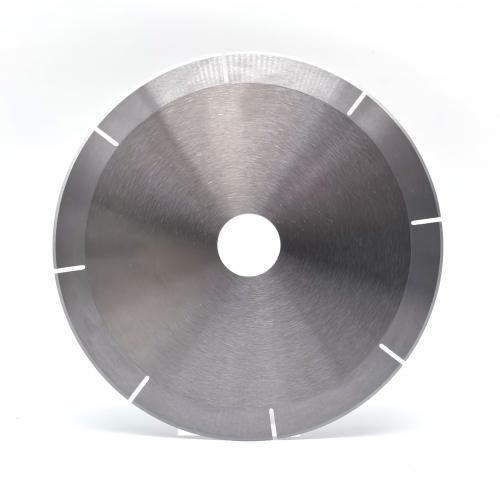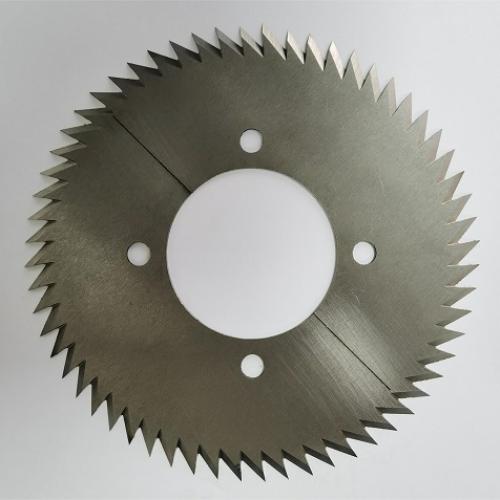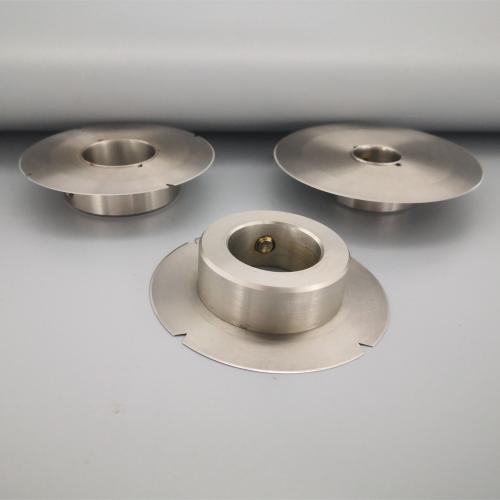Rubber knives
1. Tire Blades
Definition
Specialized cutting tools designed for tire manufacturing, retreading, and recycling, optimized to handle rubber, steel cords, fabric layers, and other composite materials.
Key Applications
Tire Manufacturing: Cutting green (uncured) tires, trimming rubber layers.
Tire Retreading: Removing old treads, buffing surfaces for new tread adhesion.
Tire Recycling: Shredding whole tires into rubber granules or separating steel cords.
Tread Repair: Precision cutting for tread pattern restoration.
Material & Design
Core Materials:
Tungsten Carbide (WC): For high-wear resistance against steel cords.
Alloy Steel (H13/D2): Balances toughness and hardness for buffing.
Coated Blades: TiAlN or DLC coatings to reduce rubber adhesion.
Design Features:
Thick blades with serrated edges for shredding.
Precision-ground edges for clean cuts in uncured rubber.
Challenges
Cutting through steel-reinforced layers.
Resisting heat and friction during high-speed shredding.
2. Rubber Blades
Definition
General-purpose blades used for cutting rubber materials in non-tire applications, such as seals, hoses, gaskets, and industrial rubber products.
Key Applications
Rubber Product Manufacturing: Cutting sheets, strips, or molded rubber parts.
Industrial Seals/Gaskets: Precision trimming of rubber components.
Conveyor Belts: Trimming or repairing rubber belts.
Footwear: Cutting soles or shoe components.
Material & Design
Core Materials:
High-Carbon Steel: Cost-effective for soft rubber.
Stainless Steel: Corrosion-resistant for wet or chemical environments.
Ceramic-Coated Blades: Reduce sticking in high-temperature cutting.
Design Features:
Thin, sharp edges for clean cuts.
Anti-stick coatings for uncured or sticky rubber.
Challenges
Minimizing rubber deformation during cutting.
Preventing blade clogging with sticky materials.
3. Key Differences
| Aspect | Tire Blades | Rubber Blades |
|---|---|---|
| Primary Use | Tire-specific tasks (steel/rubber mixes) | General rubber cutting (no steel) |
| Material Hardness | Extremely hard (WC, alloy steel) | Moderate hardness (carbon steel) |
| Edge Design | Serrated/thick for shredding | Sharp/thin for precision |
| Coatings | Anti-wear (TiAlN) | Anti-stick (PTFE, ceramic) |
| Cost | Higher (due to specialized materials) | Lower (standard materials) |
4. Selection Guidelines
For Tire Blades
Choose tungsten carbide or coated alloy steel for steel-reinforced tires.
Prioritize dynamic balancing for high-speed shredders.
For Rubber Blades
Use stainless steel in humid/chemical environments.
Opt for non-stick coatings (e.g., DLC) for uncured rubber.
5. Maintenance Tips
Tire Blades:
Regularly inspect for micro-cracks (common in high-impact recycling).
Use diamond abrasives for sharpening tungsten carbide edges.
Rubber Blades:
Clean residues after cutting to prevent corrosion.
Lubricate blades to reduce friction in continuous operations.
6. Industry Trends
Smart Blades: Embedded sensors for wear monitoring (common in tire recycling).
Eco-Friendly Designs: Recyclable materials for both blade types.
Hybrid Blades: Ceramic-tipped edges for rubber/tire applications.
Choosing the right blade depends on whether your work involves tire-specific composites or general rubber materials. Always match blade properties to the material’s hardness, abrasiveness, and cutting environment.


